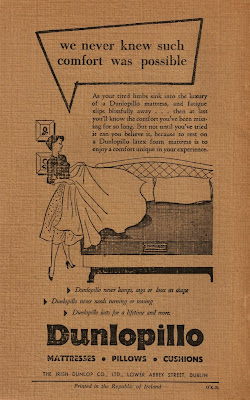NYU's
Institute for the Study of the Ancient World is currently featuring a new exhibit entitled "The Lost World of Old Europe: The Danube Valley, 5000 - 3500 BC." The objects on display, most or all of which were excavated in Bulgaria and Romania, belong to Neolithic cultures that are still relatively little known here, in part because of their extreme antiquity (they predate the invention of writing), and also no doubt because of the limited interchange of scholarship between East and West before 1989. Manhattan's Upper East Side may be as far removed from the world of the makers of these artifacts as it would be possible to travel, but nevertheless, here they are, until April 25, 2010. Admission is free, and this may be your one chance to see them. If you can't make it there is a companion catalog, which I haven't yet seen.
The term "Old Europe" was coined by the late archaeologist Marija Gimbutas, who believed that large parts of Neolithic Europe were characterized by common traditions of matriarchy and the worship of a "Mother Goddess," traditions that were supplanted or subsumed when new, patriarchal, cultures from further east penetrated the Balkans. Gimbutas's work has come under heavy criticism in recent years, and David Anthony, one of the co-authors of the exhibition catalog, is among the critics, but the "Old Europe" description itself has evidently stuck. The current exhibit seeks a nuanced view, pointing out that the archaeological evidence for matriarchy is now considered to be more ambiguous that it was a generation or so ago.
None of which should interfere with the enjoyment of what is on display, including, for instance, this remarkable pair of fired clay figurines from Hamangia in Romania.

The male figure on the left has been dubbed, inevitably, "the Thinker," although the exhibit notes that his posture may in fact indicate mourning. Whatever the truth is, there is nothing "primitive" about the artistry of these pieces, created at least 6,600 years ago.
Here's a clay vessel, 4200-4050 BC:

My daughter and I both concluded that this was a doll's house:

We weren't "serious," of course, but it raises an interesting question: when does a religious figurine become a "toy," or vice versa. Is a crèche, whatever else it is, not a toy set, and if not, why? Are figurines no longer "toys" when adults "play" with them? Is there really an absolute gap between the "serious" religious or magical practices of adults and the imaginative play of children? I suspect the distinction would have had no meaning when these pieces were created.


The above are not museum groupings of similar objects but actual assemblages as found in place; the lower one has been called, somewhat speculatively, "the Council of the Goddess."
From an essay by Douglass W. Bailey, included in the exhibition catalog but also available online (
PDF):
Contemporary psychological studies have shown that something very odd happens to the human mind when one handles or plays with miniature objects. Most simply put, when we focus our attention on miniature objects, we enter another world, one in which our perception of time is altered and in which our abilities of concentration are affected. In a well-known set of experiments, the psychologist Alton Delong showed that when human subjects were asked to imagine themselves in a world where everything was on a much smaller scale than everyday reality, or when they engaged in activities in smaller than normal environments, they thought that time had passed more quickly than in fact it had and they performed better in tasks requiring mental agility. Importantly, the subjects of these studies were not conscious of their altered experience of time or concentration.
This one was interesting:

Called a pintadera (there were several other examples in the exhibit), it is, in effect, an early printmaking tool, used to stamp patterns on skin, cloth, or even bread.
The above images are from a
slide show on the website of
The New York Times; there is an accompanying
article by John Noble Wilford. The Institute, which is located at 15 East 84th Street, provoked controversy when it was founded in 2006, because its principal benefactors, Leon Levy and Shelby White, had in the past been accused of purchasing looted antiquities for their own private collections. As far as I know the objects in the current exhibit have been legitimately loaned by museums in the countries where they were first located and their presence in the exhibit hasn't been challenged.





















































